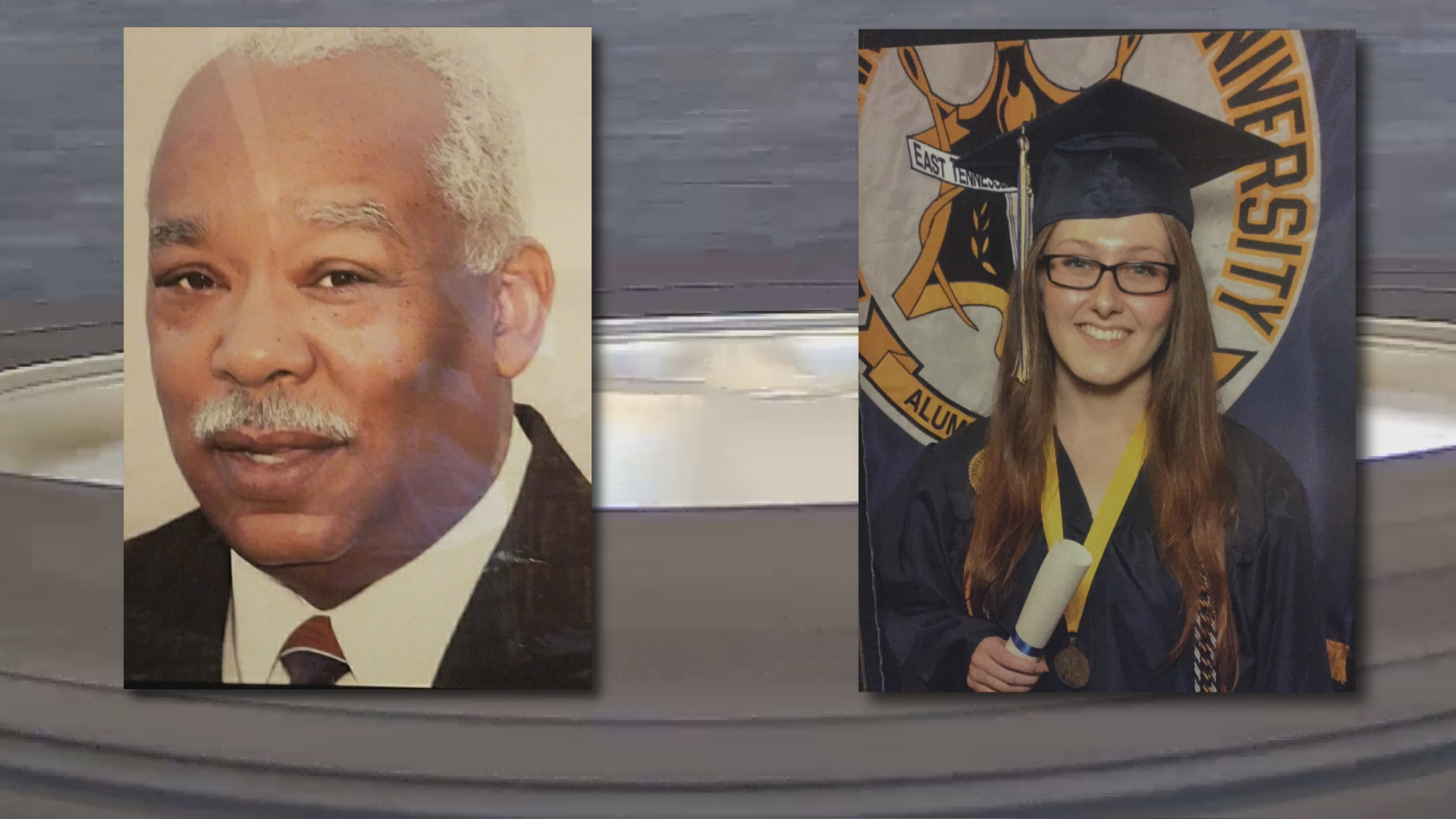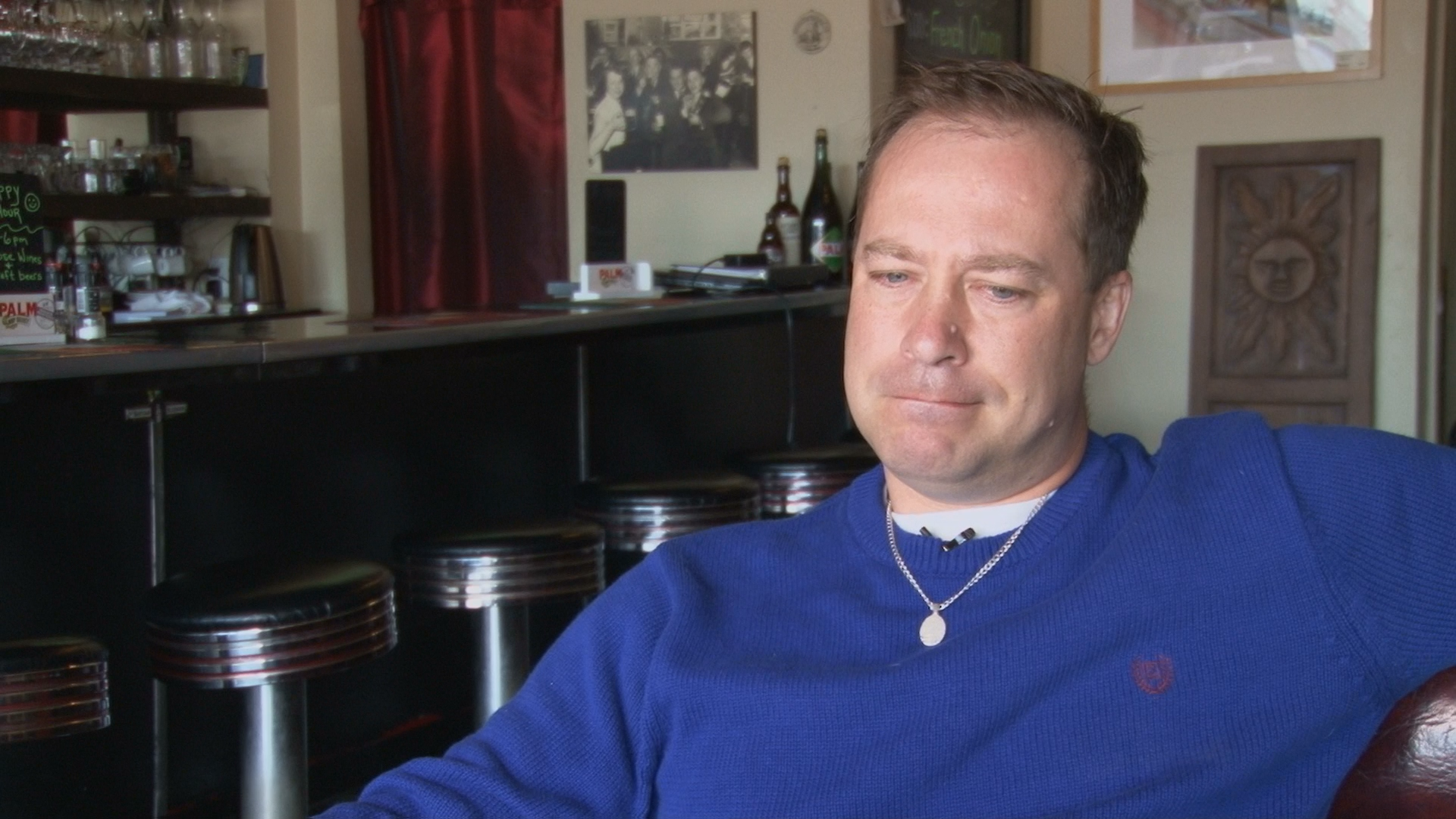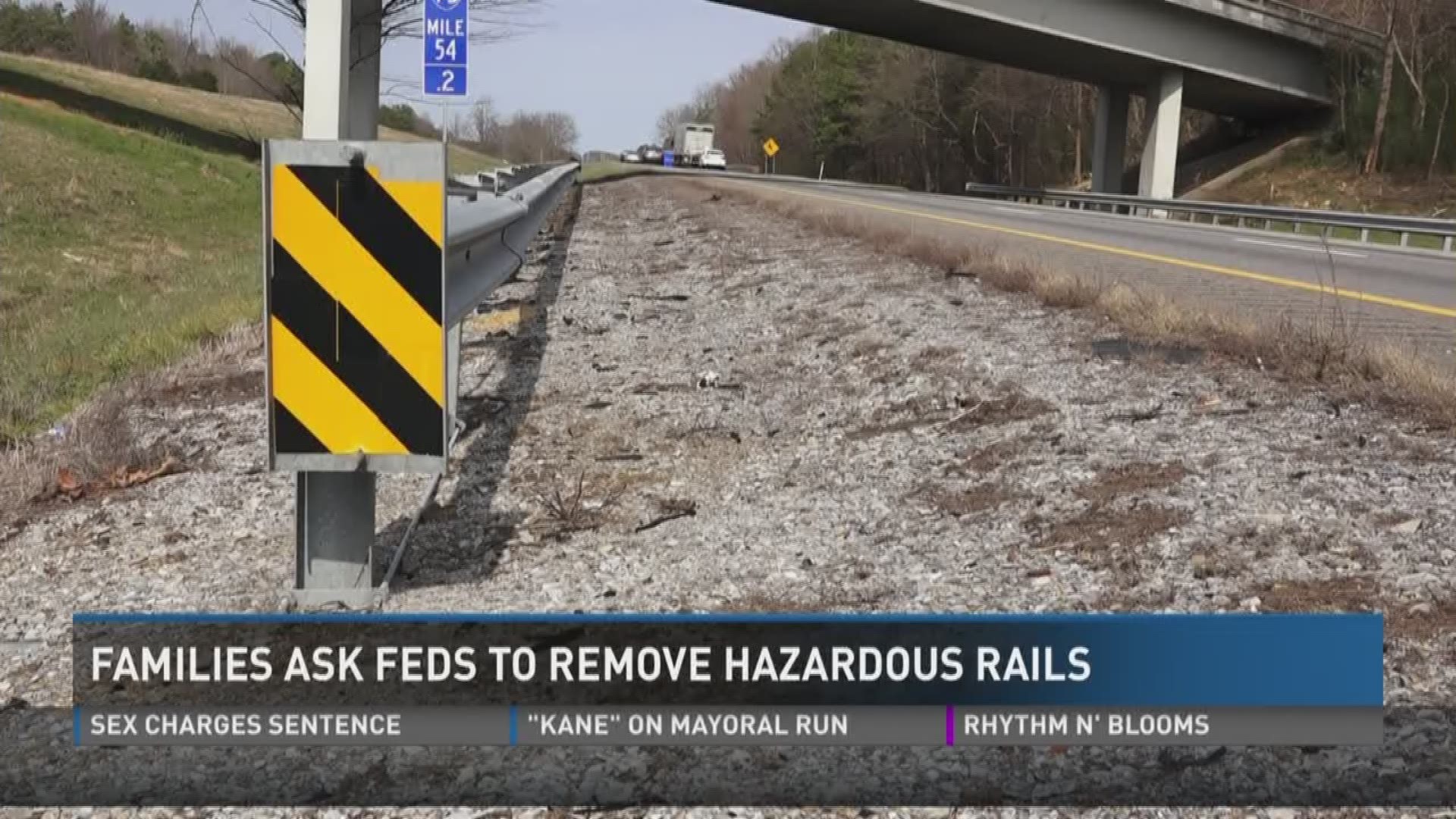Families of three people killed in crashes involving a controversial guardrail device are asking the federal government to intervene. Additionally, the Tennessee Department of Transportation notified its federal counterpart this week of safety concerns with the same device.
On March 4, TDOT commissioner John C. Schroer sent a letter to Federal Highway Administration division administrator Pamela Kordenbrock laying out concerns with the Lindsay X-Lite end terminal, including “unacceptable safety levels for the Department.”
Safety concerns with the X-Lite model came to light after 17-year-old Hannah Eimers was killed by one on I-75 in McMinn County. Her vehicle left the road and struck the rail. It then penetrated her vehicle, striking her in the head and chest. She died instantly.

"The device is deadly and dangerous, and it needs to come off our highways now," said Stephen Eimers, Hannah's father.
Through a processing error, TDOT billed her family nearly $3,000 for the damaged rail. The department later apologized for the mistake, and told the Eimers family they do not need to pay.
State records show since 2016, at least four people in Tennessee have been killed in crashes involving the X-Lite. TDOT is currently investigating whether the terminal was involved in the deaths of two people in Hamblen County, though a spokesperson said that is looking less likely as the agency gathers more information.
Jacob Davison and Lauren Beuttel died after striking an X-Lite on Interstate 40 in Cumberland County on June 29, 2016. Wilbert Byrd was killed July 2 after running off the road and into an X-Lite where I-75 meets I-24 in Hamilton County.

In both crashes, the X-Lite endcap did not perform correctly, according to TDOT.
Family members of Beuttel and Byrd joined Eimers in the open letter to President Trump, the Secretary of Transportation and the acting director of the Federal Highway Administration. They asked officials to rescind the letter that approves the X-Lite for federal reimbursement. The action would effectively halt new installations.
“The suspicions of our families were confirmed that this dangerous Lindsay X-Lite unit failed our loved ones and killed them,” Eimers wrote.

If the federal government does not get involved, Eimers asks that the manufacturer, Lindsay, step in.
"They owe it to their employees and they owe it the travelers on our highways to suspend sales, and suspend them immediately," Eimers said.
Missouri Department of Transportation officials confirm that X-Lites have also been involved in two fatal crashes in that state.
TDOT removed the Lindsay terminal from its list of approved devices in October 2016, just one week before Hannah Eimers was killed.
TDOT lost confidence in the device when it is installed on roads exceeding 45 miles per hour. That’s ‘most’ of the 1,800-plus X-Lites statewide, according to spokesperson Mark Nagi. Nagi previously said there were 1000, but the department has updated their inventory.
Commissioner Schroer wrote that manufacturer Lindsay Corp. had not been able to give clear instruction on how tightly to install bolts on the terminal to ensure proper operation.
TDOT began a bidding process March 31 to remove the affected endcaps in these high-risk areas.
Schroer does not go so far as to ask the X-Lite be removed from the FHWA’s approved device list, but writes, “…under the standard provisions of acceptance, it is noted that ‘if in-service performance reveals unacceptable safety problems that FHWA reserves its right to modify or revoke acceptance.’”

TDOT had no comment on Mr. Eimers’ letter.
Lindsay previously told 10News back in March: “The X-Lite guardrail terminal has successfully passed crash and safety tests in accordance with federal standards and criteria, and remains qualified for use on America’s roadways. It is widely recognized that there are impact conditions that exceed the performance expectations of all safety equipment.”
10News has reached out to the Lindsay Corporation for comment on these new developments, and will update this story when we hear back.
The Federal Highway Administration confirmed it had received TDOT’s letter, but had no response yet.
A representative of the agency said no national data exists on the number of X-Lites installed across the U.S. TDOT is currently accepting bids to replace high-risk X-Lites. That project is slated to wrap up in June.

